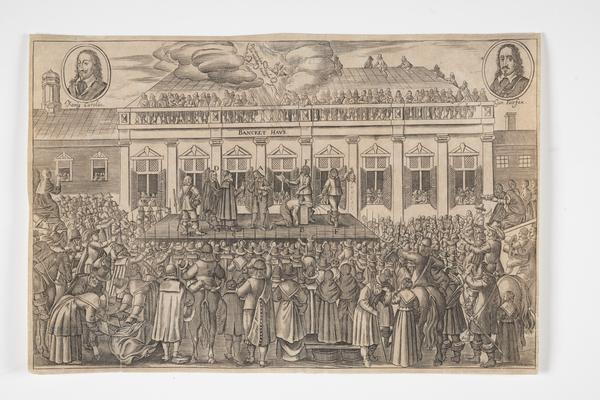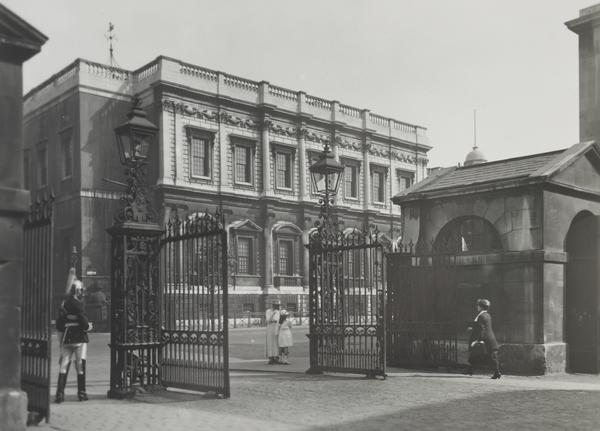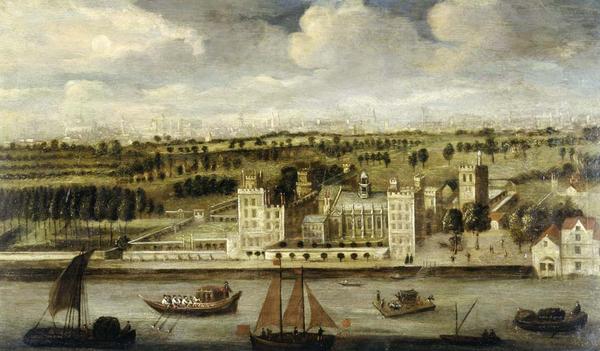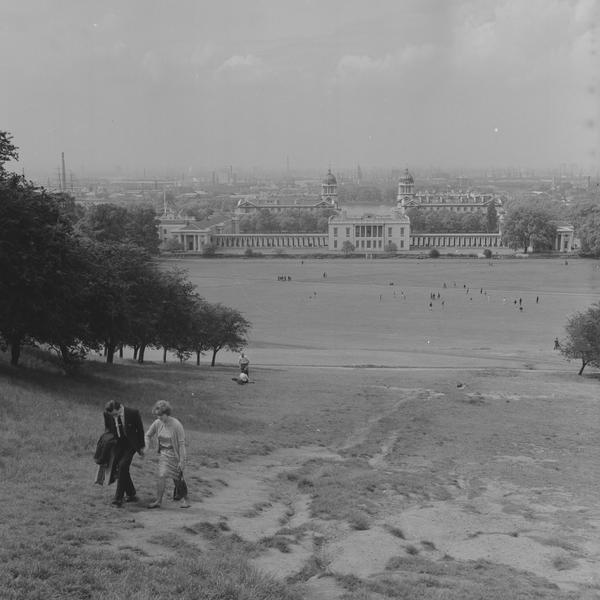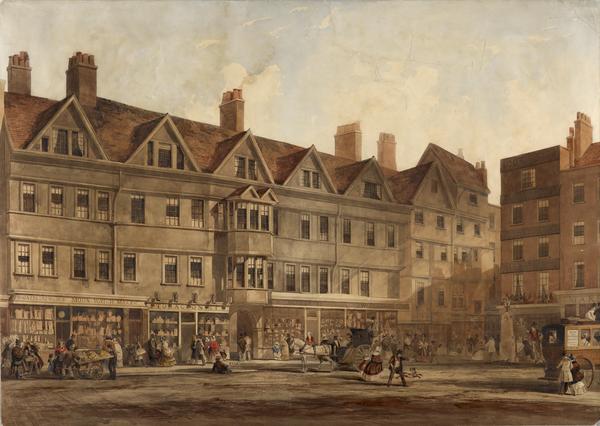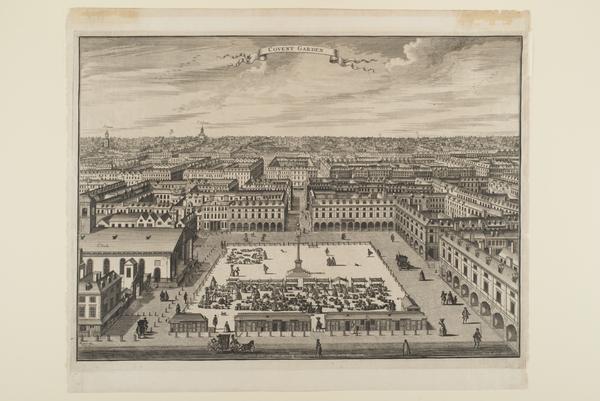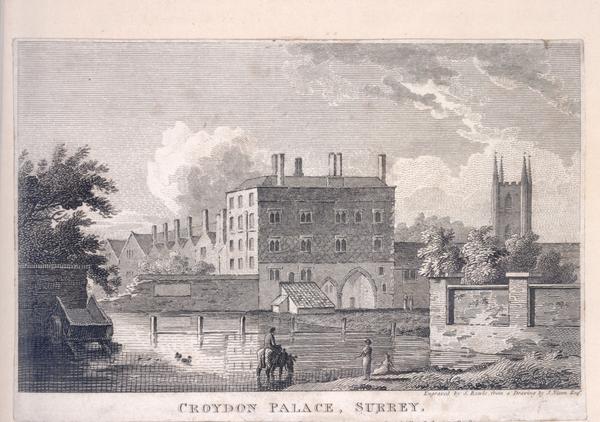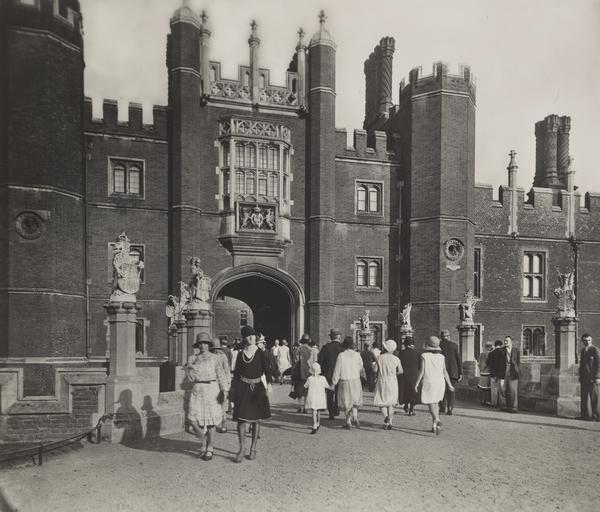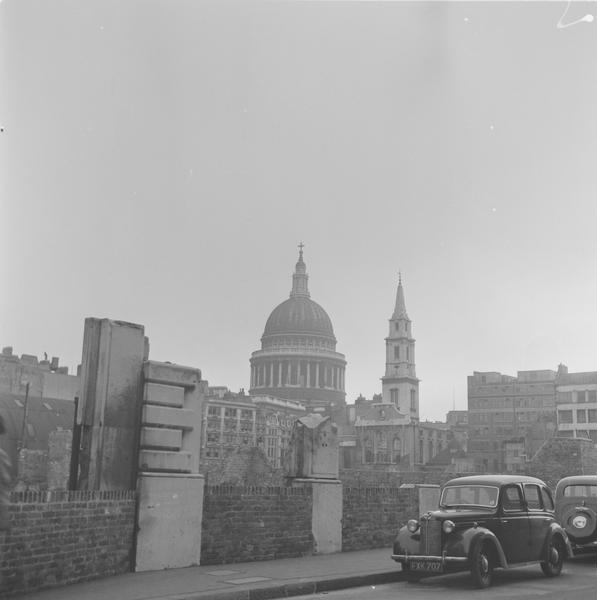London’s Tudor & Stuart buildings
They’re a rare sight, but Tudor and Stuart buildings can still be found in London. Some of these palaces, homes and churches survived untouched by the 1666 Great Fire, while others rose from the ashes. If you know where to look, it’s still possible to see the London of Henry VIII or Shakespeare.
Across London
1485–1715

Banqueting House
Designed by the architect Inigo Jones, this grand building in Whitehall from around 1620 has a ceiling painted by the Flemish artist Peter Paul Rubens. King Charles I was executed on a platform outside in 1649.

The Queen’s House
Also by Inigo Jones, this villa is found in Greenwich Park, south-east London. It was built for Queen Anne of Denmark, the wife of King James I. Construction started in 1617. But Anne died in 1619, before the building was completed. It then passed to Henrietta Maria, the wife of Charles I. The house is surrounded by the Royal Hospital School and the Old Royal Naval College.

Staple Inn
Staple Inn once housed an inn of chancery, part of the old legal education system. Originally built in 1586, the most striking black and white section of this building in Holborn was restored in 1894 to match the popular image of a Tudor building. But it’s still our best example of what many buildings in Shakespeare’s London looked like.

Prince Henry’s Room
This house on Fleet Street was also called the Prince’s Arms. It dates to around 1610 and survived the Great Fire of London.

St Helen Bishopsgate
A nunnery and church were built on this site in the City of London in the early 1200s, but a significant part of the structure dates from around 1500, when the Tudor king Henry VII reigned. It’s still an active church today. The historic stone is a striking contrast against the modern glass of the nearby Gherkin.

Lambeth Palace gatehouse
This red-brick gatehouse, also known as Morton’s Tower, was built in 1490 as the entrance to the palace of the Archbishop of Canterbury. Until 1842, this was where the Lambeth dole – free food – was regularly handed out to the poor people of Lambeth.

Hampton Court Palace
This palace in the south-west borough of Richmond upon Thames is London’s most impressive surviving Tudor building. Construction began in 1515 for Thomas Wolsey, Henry VIII’s lord chancellor, but Henry eventually took it for himself. In 1689, Christopher Wren started work on a new palace for William III and Mary II, demolishing parts of the Tudor building.

St Paul’s Cathedral
Built between 1675 and 1714, the modern St Paul’s is the iconic symbol of London’s rebuilding after the 1666 Great Fire. Among a crowd of glass towers, its dome remains a defining feature of London’s skyline. It was designed by Christopher Wren, who along with his colleagues rebuilt around 50 churches destroyed by the fire.

Croydon Palace
Now a school for girls, this palace in south London is made up of a number of buildings from the medieval and Tudor periods. It was frequently visited by kings and queens, including Elizabeth I, and was the summer residence of the Archbishop of Canterbury.

Sutton House
This Tudor house in Homerton, Hackney, was built by Ralph Sadleir in 1535. Sadleir was a statesman who served Henry VIII. In 1627 the house was bought by an East India Company silk merchant. Squatters lived there in the 1980s, but Sutton House is now owned by the National Trust, and is open for visitors.

Covent Garden
Laid out in the 1630s, Covent Garden was the first of a new trend, where aristocratic landlords developed squares featuring fashionable housing, markets, churches and a grand house on one side. Lincoln’s Inn Fields followed in the 1650s, as did Bloomsbury Square in 1665, St James’ Square in 1667 and Leicester Square in 1671. Covent Garden’s market building came later, in the 19th century.


